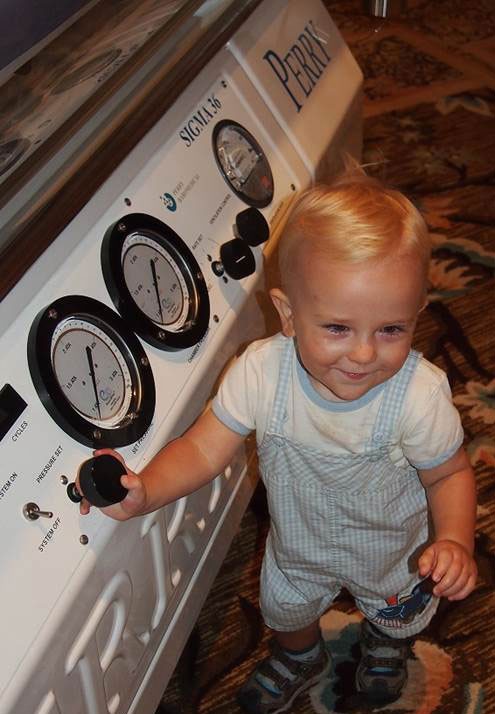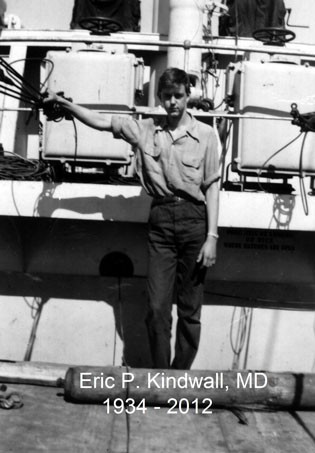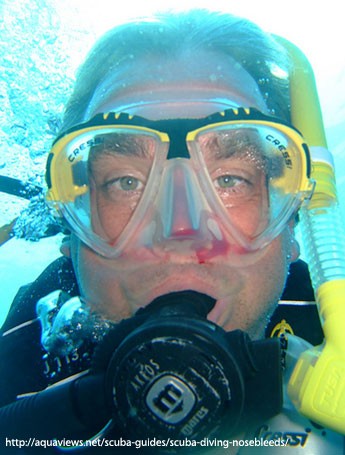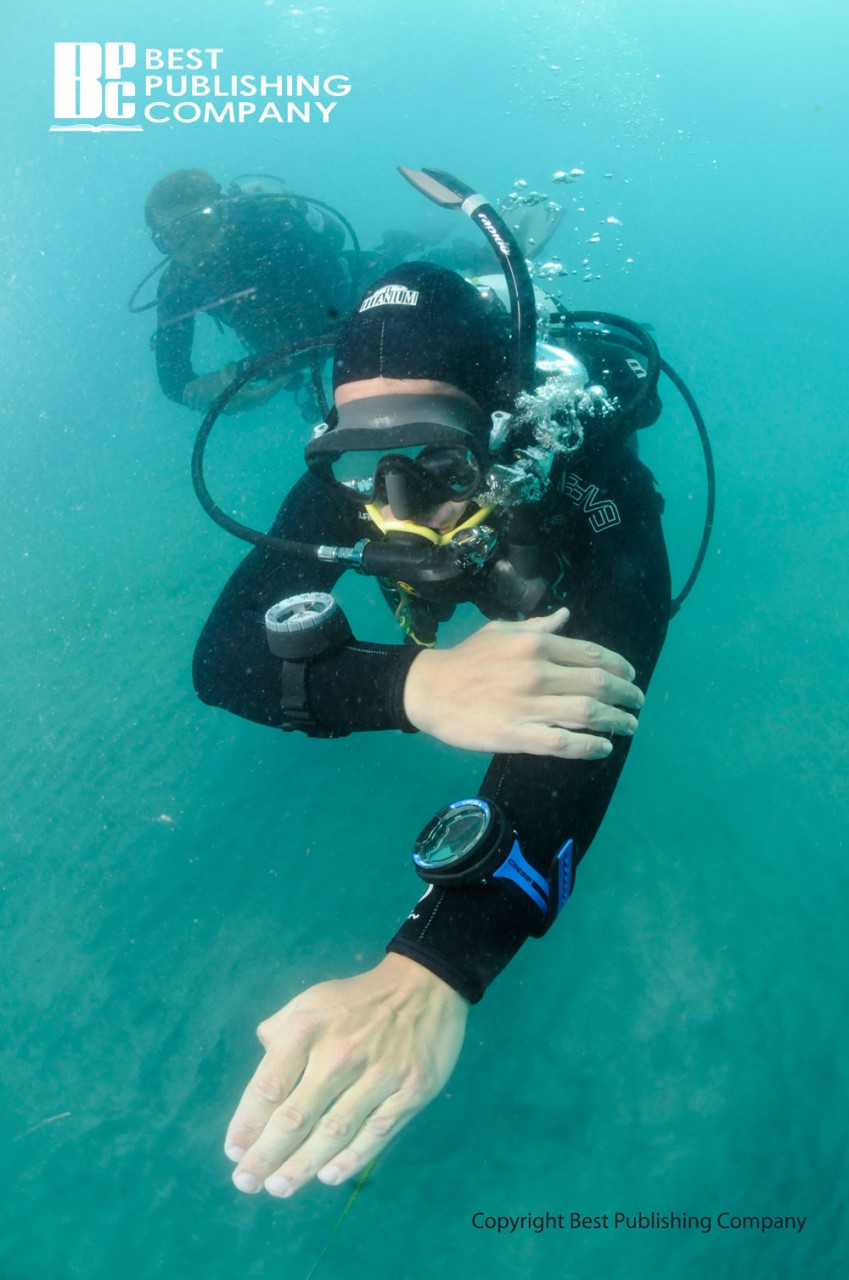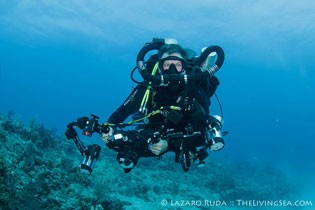We recently caught up with Dr. Paul Claus, course director for Hyperbaric Medicine 2015, and asked him to share some more details on what we can expect from this first-ever conference hosted by the Mayo hyperbaric team this April 17-18, 2015 in Rochester, MN.
DEPTH Blog
Recently there has been some exciting news about recent media coverage of hyperbaric oxygen therapy.
February is Heart Month and to support the movement we have teamed up with our sister company, Wound Care Education Partners, to bring you valuable resources and discounts. We invite you to learn more about cardiac issues as related to hyperbaric and undersea medicine and take advantage of these free and discounted resources on the topic.
Each of us in the field of hyperbaric medicine wants to create an exceptional practice.
The recent release of the 2015 edition of NFPA 99 has been accompanied by a lot of conversation around the subject of hyperbaric facility safety. This week we have five tools that will help you to navigate through the various safety codes and standards.
This is the final installment in our series on the published works of Dr. Eric P. Kindwall, the "Father of Hyperbaric Medicine." This week we are discussing the topic of carbon monoxide and cyanide poisoning. We invite you to dive into this topic with us and take advantage of these free goodies...
This week we continue our series on the published works of Dr. Eric P. Kindwall, the "Father of Hyperbaric Medicine," by looking at the risk factors and symptoms of oxygen toxicity. We invite you to dive into this topic with us and take advantage of these free goodies...
As promised, this month we are diving into the published works of Dr. Eric P. Kindwall, widely referred to as the "Father of Hyperbaric Medicine." This week we are looking at the physics of diving and hyperbaric pressures. We invite you to take advantage of these free goodies...
Many refer to Dr. Kindwall at the "Father of Hyperbaric Medicine," and his contributions to hyperbaric medicine are legendary. Dr. Kindwall was born on January 17, 1934 and passed away on January 18, 2012. For this reason, we find it fitting to highlight his contributions to the field of hyperbaric medicine during the month of January.
Do you worry about not having a big enough patient load at your wound care and hyperbaric medicine clinic? Do you struggle with marketing due to low budget and not enough resources?
Last week we released the first video in a new series on preventing diver fatalities. The second video in the series is now available!
In the second video, we discuss two types of common surface related injuries to divers - those that occur during the entrance to a dive site, and boat related injuries.
This month we are discussing how to prevent diver fatalities. As part of that discussion, we are launching a free three-part video series.
A startling vindication of Cunningham’s assertion that a modest increase in pressure improves health has come from a study in Israel of patients with advanced lung disease, published in the journal Chest in 1996.17 The patients who were all receiving supplemental oxygen in Jerusalem were taken down to the Dead Sea to see if they would benefit from the higher level of oxygen in the denser air. Jerusalem is 2,600 feet (800 metres) above sea level, and the Dead Sea is 1,300 feet (402 metres) below sea level, giving a total reduction in altitude of about 3,900 feet (1,200 metres). On the satellite image (see the photo above), which shows the Red Sea's Gulf of Suez and Gulf of Aqaba, the Dead Sea is the stretch of water on the right below the Mediterranean.
If a gas not containing any oxygen is breathed, consciousness is rapidly lost with no increase whatever in the rate of breathing. Haldane had witnessed the effects first-hand down in the coal mines of South Wales: “Thus it is a common experience with miners going into an atmosphere of nearly pure fire damp [methane, CH4], or climbing up so that their heads are in the gas; they drop suddenly as if they were shot.” The response to rapidly halving the oxygen level breathed is actually an increase in pulse rate and blood flow, not an increase in the rate of breathing. The increase in pulse rate had first been recorded by Glaisher and Coxwell in their epic ascent from Wolverhampton gas works; it had risen from 70 on the ground to 100 at altitude.
Drysuits provide the greatest form of passive thermal protection for the diver. They are designed as one piece suits with a waterproof zipper for entering and exiting and have attached boots and seals at the diver’s wrists and neck to provide a dry internal environment. The suits are normally designed so a wide variety of insulating undergarments may be worn beneath them. These undergarments trap a layer of air providing the primary protection against cold. Too much air trapped in the drysuit can create buoyancy problems because the air forms a “bubble” that will move inside the suit, but some air is needed in order prevent the suit material from compressing and catching skin in the folds and causing a suit squeeze. A suit “squeeze” can be uncomfortable but is avoidable by adding a small amount of air to remove any suit wrinkles.
The term “sinus” can mean any channel, hollow space, or cavity in a bone, or a dilated area in a blood vessel or soft tissue; most often sinus refers to the four, paired, mucus-lined air cavities in the facial bones of the head. The same kind of membrane lines the sinuses and nose, so nasal infections spread easily to the sinuses. In sinusitis, mucous membranes inflame and swell, closing sinus openings and preventing infected material from draining. If nasal inflammation, congestion, deformities, or masses block sinus openings, the sinus lining swells and inflames, absorbing pre-existing gas that forms negative pressure. When blockage occurs during descent, the relative vacuum in the sinus increases the risk of damage. Hemorrhage into the sinus and then into the divers mask may occur.
Basic underwater navigation by means of simple observation or use of a compass and depth gauge remains a fundamental and essential skill for all divers. For most short excursions, these are the only instruments needed. Even when using advanced navigation instruments, basic navigation skills provide an important backup.
Are you looking for a high-quality, convenient, applicable CME/CEU course in undersea medicine, hyperbaric medicine, and wound care?
An experienced open-circuit diver was trying the “latest, greatest” rebreather during an introductory dive experience. After a few minutes of cursory instruction, she entered the water and began her grand adventure. Descending gradually to 15 fsw (5 msw), she kept close watch on her gauges.
Cave diving is a specialized form of diving that can be performed in both inland freshwater caves and oceanic “blue holes.” To scientists, caves offer new laboratories for research. In cave diving, the emphasis should be placed on developing the proper psychological attitude, training in specialized techniques and life-support systems, dive planning, and the selection of an appropriately trained buddy diver.

